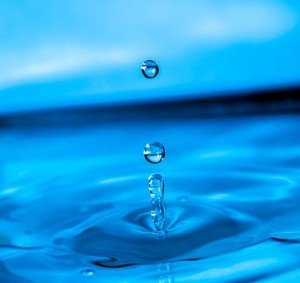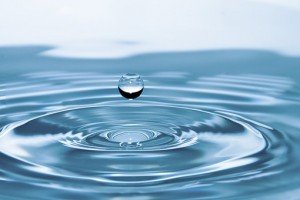Water is vital for our existence. Water runs our homes, businesses and our lives. Given the importance, we cannot talk enough about the benefits of safe water to us as human beings. The water softener reviews help the clients make the right choice as far as the purchase of the water softeners is concerned.
General information
The solution is the problem
Given that water is on the ground it contains minerals that it picked while on the ground. Some of the minerals make water unsafe for our consumption. Calcium and magnesium are the most common minerals found in water and make the water hard thus compromising its quality in use.
Hard water
 Hard water makes soaps and detergent less useful. This is by making the soaps and detergents harder to dissolve in water; the soap combines with the minerals in water making soap curd. While using hard water, you will use a lot of soap because you need more soap to dissolve in water. Thus, when you use the water on your hair, it looks lifeless and dull. The same applies on laundry; the soap curd keeps dirt caught up in the fibers of the fabric making the fabric stiff and rough. The insoluble soap leaves spots and marks on all that you use. That explains the soap build up in the shower and the basins and buckets.
Hard water makes soaps and detergent less useful. This is by making the soaps and detergents harder to dissolve in water; the soap combines with the minerals in water making soap curd. While using hard water, you will use a lot of soap because you need more soap to dissolve in water. Thus, when you use the water on your hair, it looks lifeless and dull. The same applies on laundry; the soap curd keeps dirt caught up in the fibers of the fabric making the fabric stiff and rough. The insoluble soap leaves spots and marks on all that you use. That explains the soap build up in the shower and the basins and buckets.
Plumbing system
Hard water also affects the plumbing system of the house. The buildup of, minerals causes less water to flow into the room. The minerals also reduce the effectiveness of the water heater.
Solution to softening the hard water
The ultimate solution of the hard water is to get a water softener to eliminate the calcium and the magnesium. A water softener is a mechanic appliance that is fixed in the water supply system by a plumber. GTHe principle of water softening is ion exchange. In most instances, it is sodium that is traded. A mineral tank is where the softener is. The metal tank has zeolite and resin in the foam of small polystyrene beads. The beads have the negative charge with them. The calcium and the magnesium have in it the positive charge. Thus, the calcium and magnesium will cling onto the beads when hard water goes through the tank.
Working principle
 Sodium has a positive charge; however, the sodium ions positive charge is not stronger than the calcium and magnesium. When a brine solution (salt) is flushed through the tank that has hard water and the bead, the sodium ions push the magnesium and the calcium to the beads. The hard water goes to the mineral tank and moves to the ion beads while replacing the sodium ions.
Sodium has a positive charge; however, the sodium ions positive charge is not stronger than the calcium and magnesium. When a brine solution (salt) is flushed through the tank that has hard water and the bead, the sodium ions push the magnesium and the calcium to the beads. The hard water goes to the mineral tank and moves to the ion beads while replacing the sodium ions.
